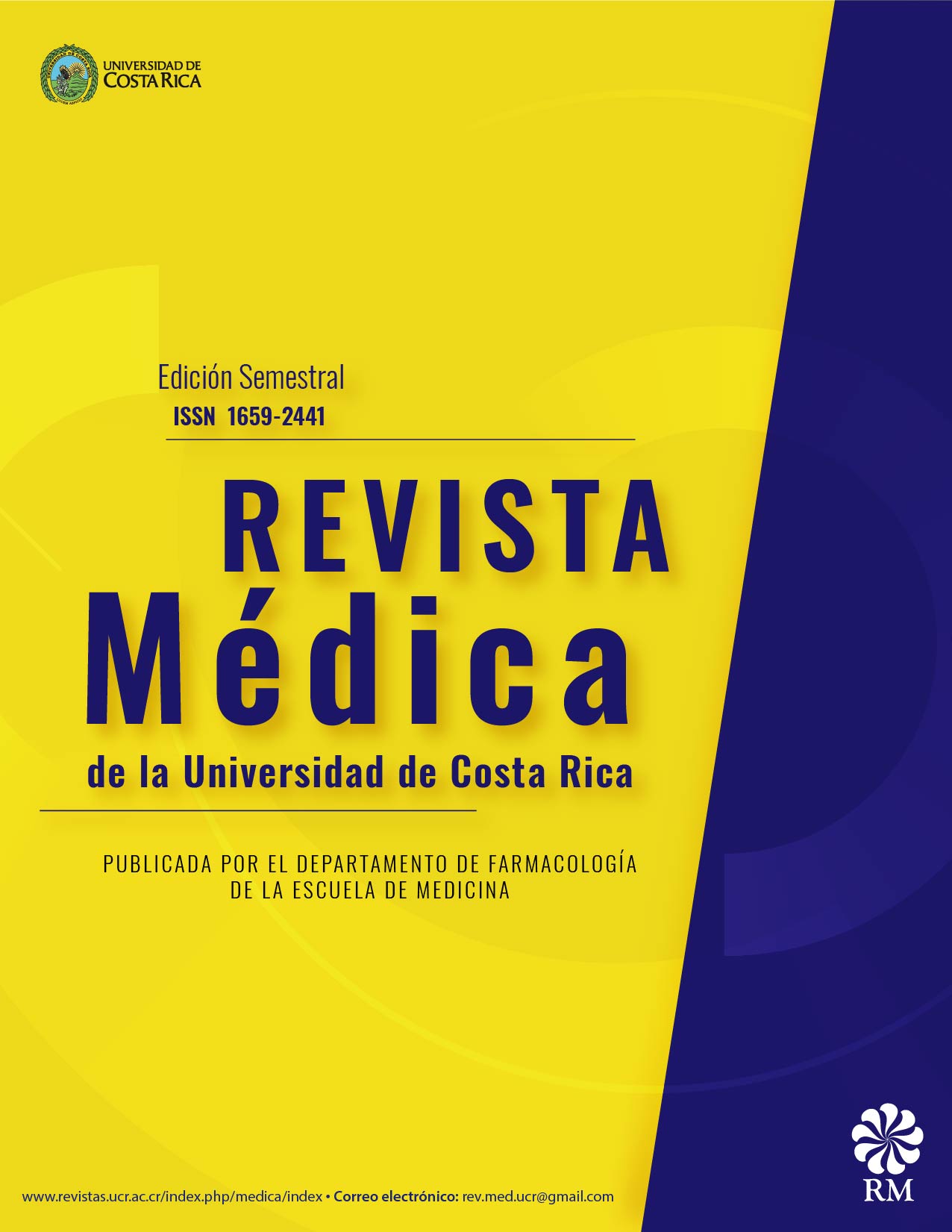Abstract
At physiologic conditions, the stretching of myocardial fibers helps maintain an optimal cardiac output for an adequate tissue perfusion. However, there are pathologies, such as dilated cardiomyopathy, in which electrophysiological and mechanical anomalies are generated by a pathological myocardial stretch and are capable of developing cardiac arrhythmias such as atrial and ventricular fibrillation. Therefore, it has been seen that ranolazine is capable of generating a protective effect before myocardial stretch due to its action on late Na+ channels, on fast-delayed rectifying K+ current (IKr), and on the Na+/Ca2+ exchanger (NCX).
Objectives: to inform about the effects produced by the ranolazine over the cardiac muscle refractoriness before myocardial stretch and how this would avoid the generation of post-depolarizations and the development of cardiac arrhythmias.
Methods: papers were searched on MEDLINE®/PubMED® and EMBASE®, using a MeSH strategy (Medical Subject Headings), and books of reference related to the cardiovascular system were included as well.
Conclusions: encountering situations that produce an abnormal myocardial fiber stretch, the ranolazine could be considered as an antiarrhythmic therapeutic option, beside its well known antianginal attributes, due to its capacity of increasing the effective refractory period of myocytes, decreasing the generation of posdepolarization action potentials.


